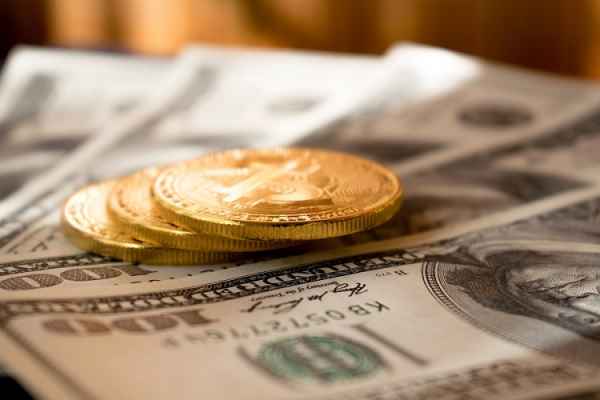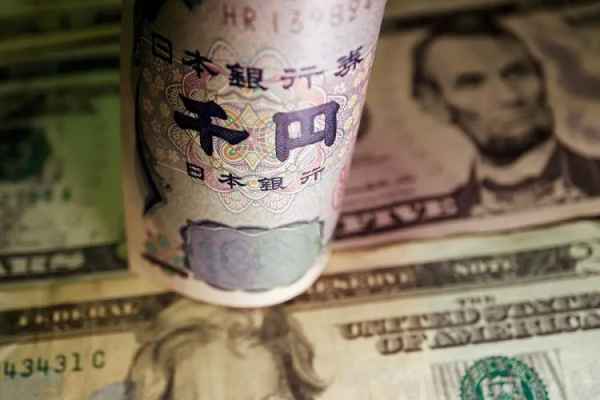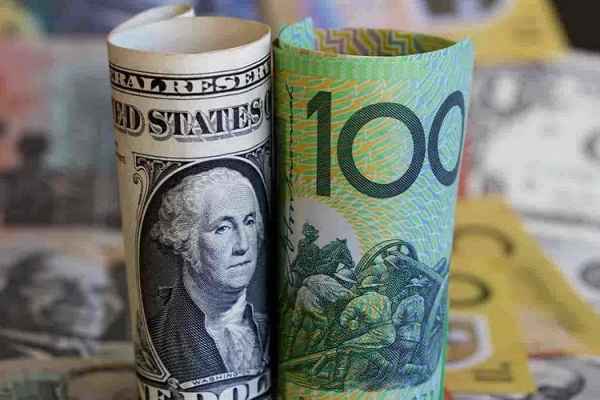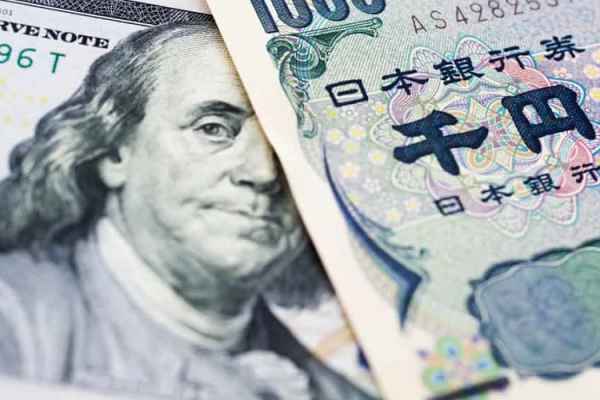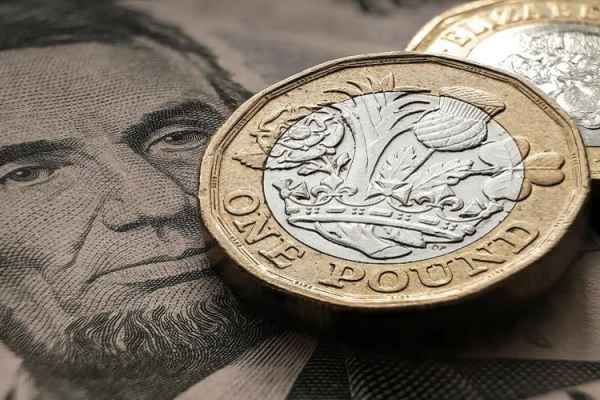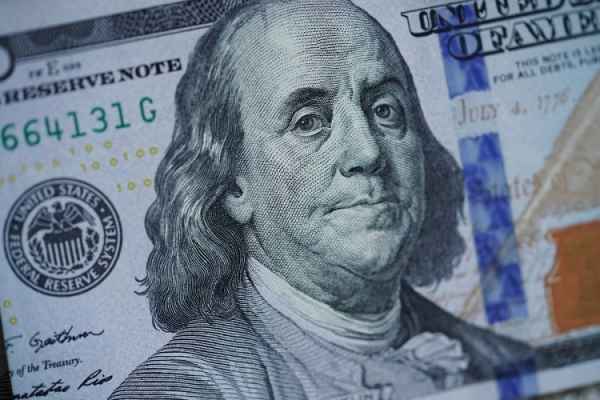Several Fed officials need to evaluate more data before raising rates again.
The US dollar index (DXY) fell by about 0.5% to around 103.70 in early New York trading on Thursday (June 1st). The greenback experienced a decline in demand as a safe haven currency due to expectations regarding the Federal Reserve's interest rates, following several recent developments in the economic and political fields.
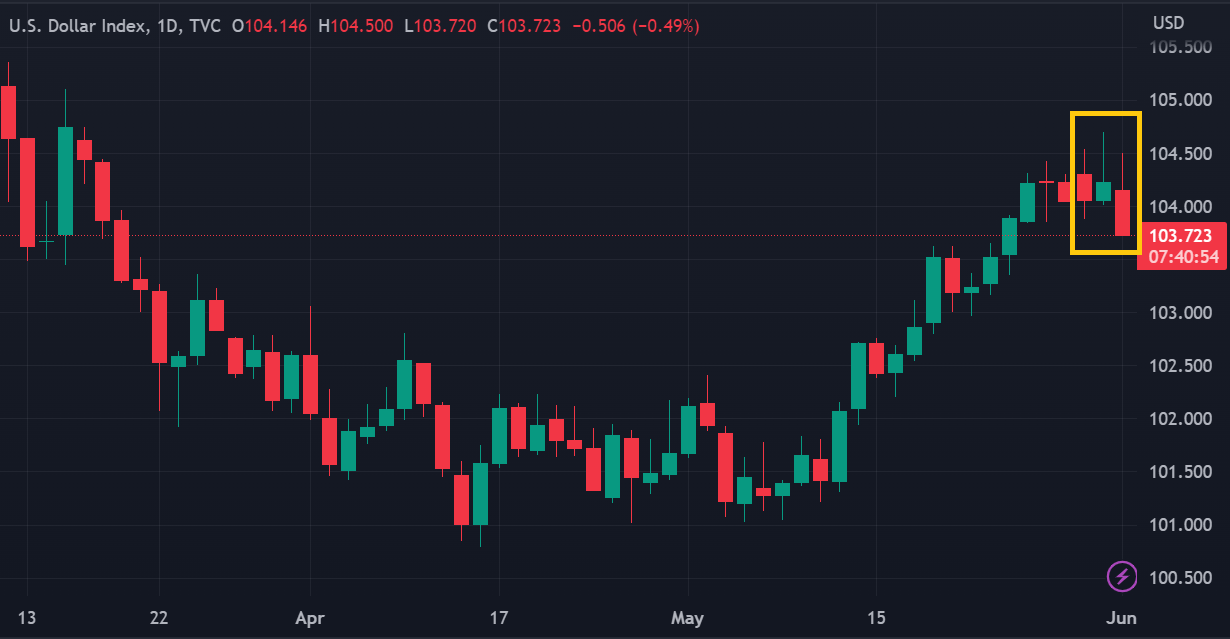
Yesterday, the US House of Representatives agreed to pass a proposal to raise the government's debt ceiling with a voting result of 314-117. This bipartisan agreement will now move to the Democrat-dominated Senate, and the majority believes its full approval will not take long.
With a more conducive political climate, market concerns about the risk of a US default are diminishing, reducing traders' interest in buying the dollar. Furthermore, several Federal Reserve officials have recently expressed their reservations about the prospect of an interest rate hike in June.
Philip Jefferson, a member of the Board of Governors and a candidate for Vice Chair of the Federal Reserve, stated that policymakers could obtain more data as policy references if they do not raise interest rates this month. Patrick Harker, President of the Federal Reserve Bank of Philadelphia, expressed a similar opinion in his speech on Wednesday.
"I am in the camp that thinks we need to skip (the interest rate hike) as we approach this (June FOMC) meeting," said Harker, adding that the US employment data on Friday could change his perspective.
Both key figures of the Fed emphasized that interest rates could still increase, even though they did not raise them this month. However, they must evaluate more data before pursuing a more restrictive monetary policy path.
Their opinions quickly diminished market speculation about the prospect of an interest rate hike at the June 13-14 FOMC meeting. The FedWatch CME data shows a decrease in the probability of such a scenario, dropping from nearly 70% to 32%.
US Treasury yields weakened as expectations for interest rates declined, putting pressure on the USD exchange rate against other currencies. AUD/USD showed the best daily performance, rising over 1.15% to reach its highest level, around 0.6570. GBP/USD also strengthened by 0.75% to its highest level in the past two weeks, while EUR/USD climbed about 0.60% to around 1.0750.

 Dedicated FREE FOREX VPS
Dedicated FREE FOREX VPS Free FOREX Virtual Private Server
Free FOREX Virtual Private Server MT4 Demo Contest, Get $500
MT4 Demo Contest, Get $500 Sign Up for an Account, Claim 60% Deposit Bonus
Sign Up for an Account, Claim 60% Deposit Bonus Free MT4/MT5 VPS 2024
Free MT4/MT5 VPS 2024 Send E-mail and Get Free Merchandise
Send E-mail and Get Free Merchandise $1K Refer a Friend Bonus for Pepperstone Pro clients
$1K Refer a Friend Bonus for Pepperstone Pro clients Maximize Your Earnings with 100% Deposit bonus
Maximize Your Earnings with 100% Deposit bonus Trade to Win, $5,000 Monthly Demo Contest
Trade to Win, $5,000 Monthly Demo Contest Claim 30% + 15% Deposit Bonus from LiteFinance
Claim 30% + 15% Deposit Bonus from LiteFinance
